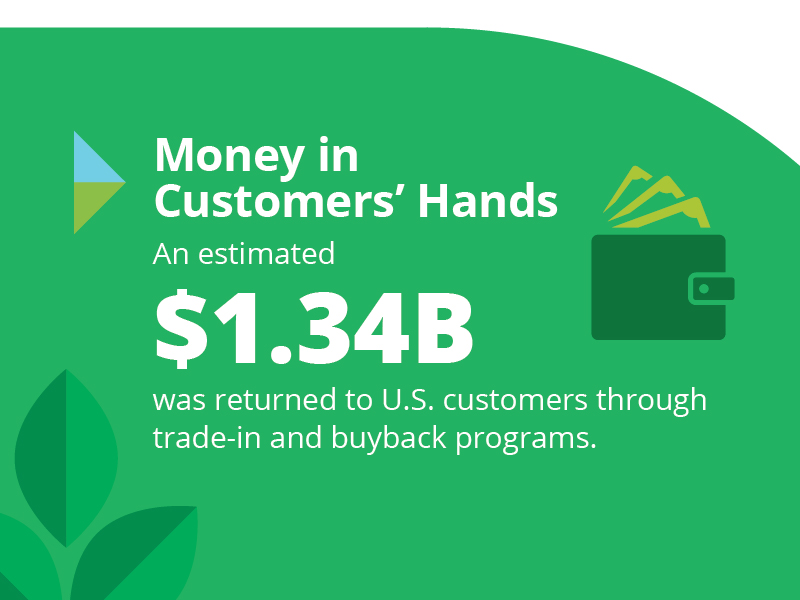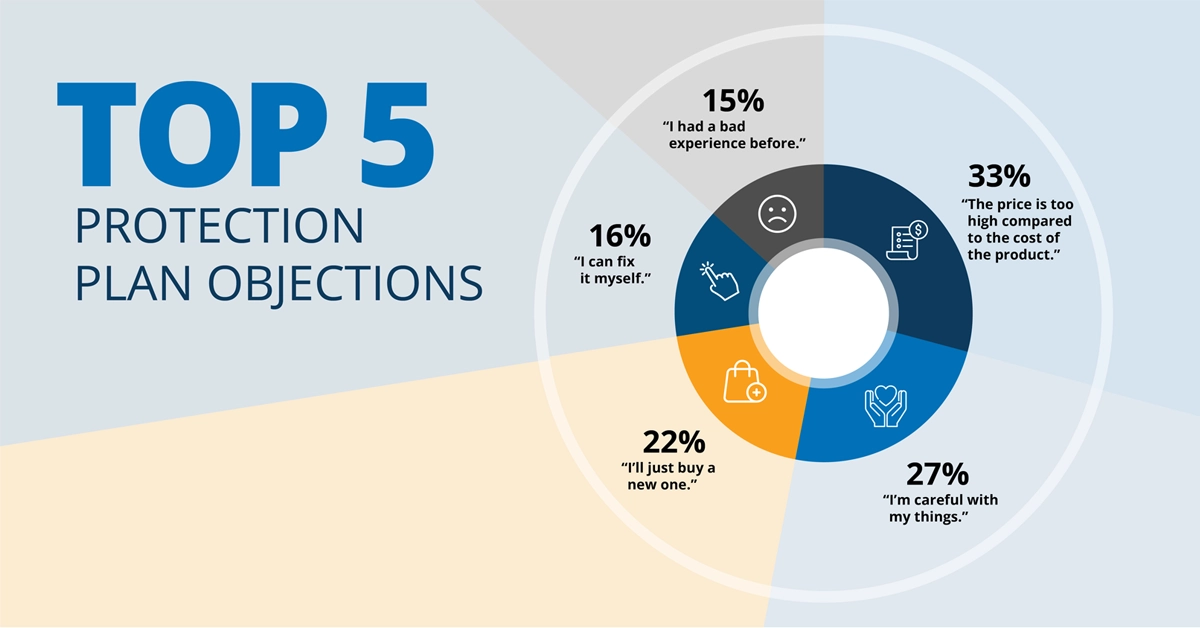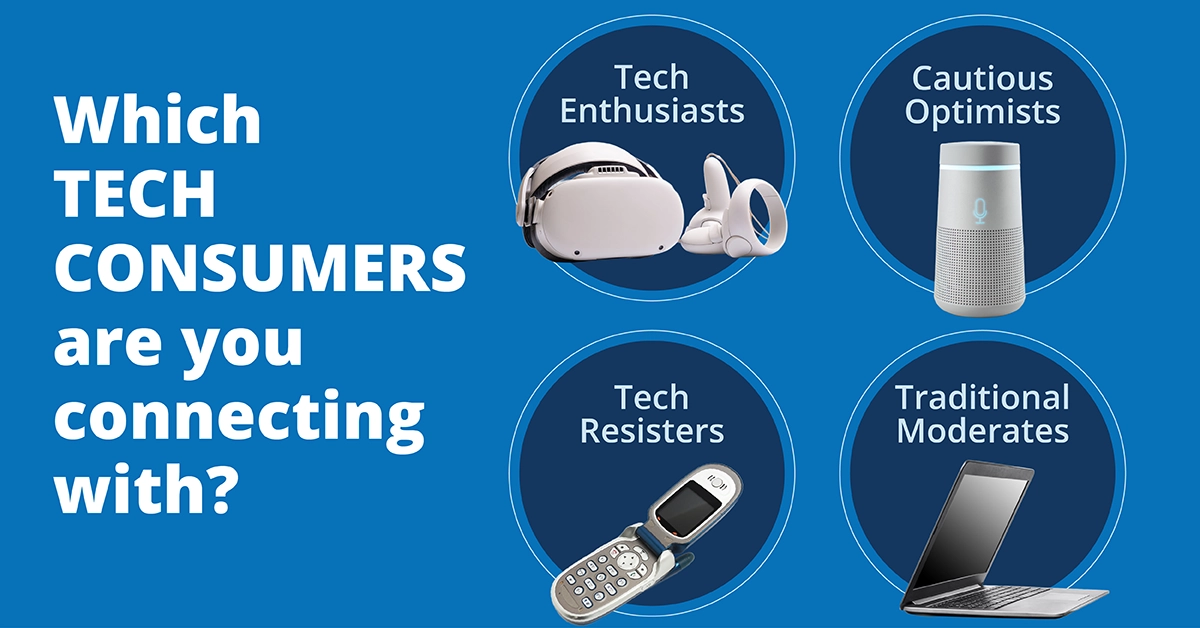The mobile device trade-in market continues to show strength in Q2 2025. Assurant’s latest Mobile Trade-In and Upgrade Industry Trends report reveals a mix of familiar patterns and new milestones, painting a picture of a maturing upgrade cycle and strong trade-ins.
Key Insights from Q2 2025
Trade-In Payouts Surge
Trade-in programs returned $1.34 billion to consumers in the second quarter, an 8% increase from Q1 and a 60% jump compared to Q2 2024. Promotional offers have been more prevalent in the first half of 2025 than during the same period last year. These incentives are fueling trade-in activity, making upgrades more accessible and appealing.

iPhone 13 Tops the Charts Again
The iPhone 13 remains the most received device this past quarter from trade-in and upgrade programs, continuing its reign as the leader for the fourth consecutive quarter. The Samsung Galaxy S22 Ultra is the top Android device and has also held that position for four quarters.
Device Age Hits a New High
Consumers are holding onto their devices longer than ever, with the average age of turned-in phones reaching 3.88 years — the longest we’ve seen to date. This trend suggests users are maximizing device lifespans before upgrading. It is also likely that more consumers are realizing that older devices are retaining residual value, and we are now seeing these being traded in where they might not have entered the secondary market in the past.
Sustainability and Savings
Trade-in and upgrade programs continue to play a vital role in the circular economy, extending the life of devices and reducing electronic waste. With billions returned to consumers, these programs are not only environmentally responsible, but they’re also financially smart.
What This Means
The Q2 2025 data tells a clear story: Consumers are getting smarter about when and how they upgrade. With $1.34 billion returned through trade-in programs, it's evident that mobile users are recognizing there is value in their aging devices and capitalizing on opportunities to offset the cost of new ones.
This behavior reflects a more intentional upgrade cycle, where timing, value, and incentives align to benefit both consumers and the industry. For carriers, OEMs, and retailers, it’s a signal that well-timed promotions and robust trade-in programs continue to be powerful tools for driving engagement and revenue.




